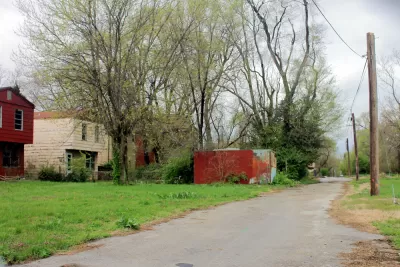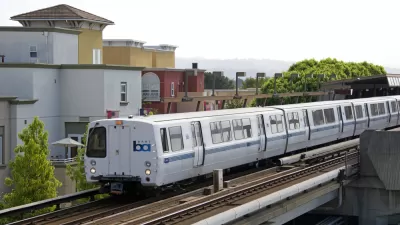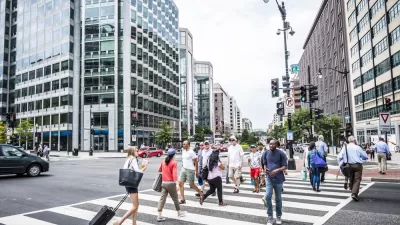Concern about gentrification in urban areas has dominated the urbanism discussion for more than a decade now, at the expense of a more informed understanding of urban dynamics and the potential for more effective action.

The Institute on Metropolitan Opportunity at the University of Minnesota Law School recently published the American Neighborhood Change in the 21st Century report, detailing, with massive amounts of data to support its findings, the ongoing decline of urban neighborhoods in the United States.
From the report's Executive Summary [pdf], a list of key findings:
- The most common form of American neighborhood change, by far, is poverty concentration.
- At the metropolitan level, low-income residents are invariably exposed to neighborhood decline more than gentrification.
- Low-income displacement is the predominant trend in a limited set of central cities, primarily located on the eastern and western coasts.
- On net, far fewer low-income residents are affected by displacement than concentration.
- White flight corresponds strongly with neighborhood change.
- Nonwhite residents are far more likely to live in economically declining areas.
With more detail included in the Executive Summary, the obvious conclusion to infer is that gentrification and displacement are by far the less predominant dynamic in urban areas compared to neighborhood decline and concentrated poverty.
As policy makers and media narratives focus on gentrification, so to do redevelopment funds and revitalization campaigns. These programs are based on a confused state of affairs, according to the Executive Summary. "If policymakers, philanthropists, and scholars are misperceiving the problems of cities, much of this money is wasted. Or worse than wasted: resisting development in a poor neighborhood that is not actually gentrifying, or promoting growth in an area that already has significant displacement, can cause actual harm to residents. In other words, American cities need more than competing narratives about neighborhood change: they need a firm sense of how and where cities are evolving. American Neighborhood Change in the 21st Century aims to provide such a picture."
The full report [pdf] is an easily readable 34 pages long, not including two appendices. Metro-level reports are also available for 40 locations around the country.
FULL STORY: American Neighborhood Change in the 21st Century: Gentrification and Change

Planetizen Federal Action Tracker
A weekly monitor of how Trump’s orders and actions are impacting planners and planning in America.

Maui's Vacation Rental Debate Turns Ugly
Verbal attacks, misinformation campaigns and fistfights plague a high-stakes debate to convert thousands of vacation rentals into long-term housing.

San Francisco Suspends Traffic Calming Amidst Record Deaths
Citing “a challenging fiscal landscape,” the city will cease the program on the heels of 42 traffic deaths, including 24 pedestrians.

Amtrak Rolls Out New Orleans to Alabama “Mardi Gras” Train
The new service will operate morning and evening departures between Mobile and New Orleans.

The Subversive Car-Free Guide to Trump's Great American Road Trip
Car-free ways to access Chicagoland’s best tourist attractions.

San Antonio and Austin are Fusing Into one Massive Megaregion
The region spanning the two central Texas cities is growing fast, posing challenges for local infrastructure and water supplies.
Urban Design for Planners 1: Software Tools
This six-course series explores essential urban design concepts using open source software and equips planners with the tools they need to participate fully in the urban design process.
Planning for Universal Design
Learn the tools for implementing Universal Design in planning regulations.
Heyer Gruel & Associates PA
JM Goldson LLC
Custer County Colorado
City of Camden Redevelopment Agency
City of Astoria
Transportation Research & Education Center (TREC) at Portland State University
Jefferson Parish Government
Camden Redevelopment Agency
City of Claremont





























